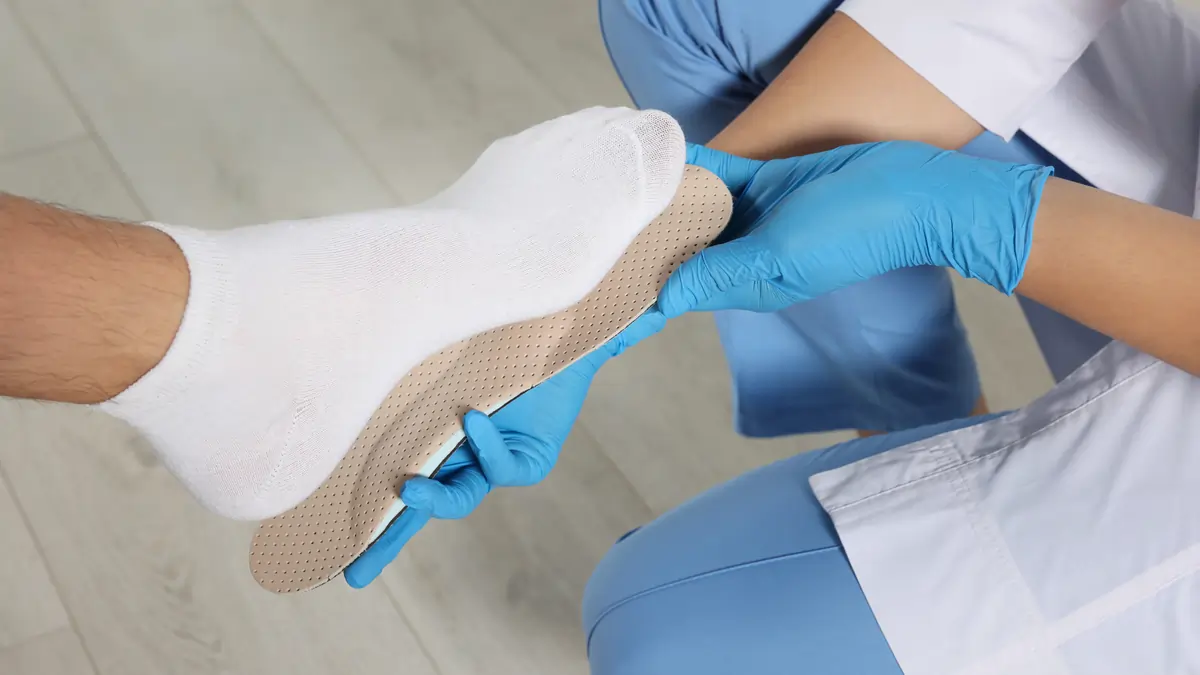What Is a Neuroma?
A neuroma, also known as a nerve tumor, is a benign growth caused by swollen nerve tissue. Neuromas are typically found in the ball of the foot, however, they can also occur in other spots on your foot, including your heel. While the pain from a neuroma may go away periodically, it can easily return and if left untreated can lead to permanent nerve damage.
KC Foot Fact: The most common place a neuroma is found is in between the third and fourth toes on the ball of your foot. This is called a Morton’s Neuroma.
What Does a Neuroma Feel Like?
Ever had a pinched nerve in your neck? Imagine that type of pain but in your foot! As if that’s not painful enough, some more common symptoms of neuromas include:
-
Pain when you place weight on the ball of your foot.
-
Swelling of the foot.
-
Burning or tingling in the ball of the foot.
-
Numbness in one or two toes.
What Causes a Neuroma?
There are a few possible causes of neuromas, but they are most commonly caused by abnormal movement in the metatarsal bones. The metatarsal bones are the long bones behind your toes that have a small nerve passing through them which splits into your toes. Abnormal movement of these bones, usually caused by tight or improperly fitting shoes, can pinch the nerve, which leads to the development of a neuroma.
Neuromas can also be caused by a cut or wound near the nerve on the foot. Additionally, having foot surgery near these nerves can also result in the swelling of nerve tissue and the formation of neuromas.
When Should I See a Doctor about My Foot Pain?
While there are several at-home treatments that can temporarily treat the symptoms of neuromas, we highly suggest contacting the expert podiatrists at KC Foot Specialists for a proper evaluation. Without a proper diagnosis, you could be treating the wrong issue or, in some cases, making the problem even worse!
During your evaluation, our experts will discuss your current symptoms, footwear, health history, and habits. Next, regardless of whether your symptoms are only occurring in one foot or both, we’ll conduct a physical exam of both of your feet. In some cases, we ask to take x-rays of your feet. Once we have confirmed that you have a neuroma, we can offer a mix of at-home and in-office therapies like the ones mentioned below.
Neuroma Treatment Options
In order to effectively treat your foot pain, our specialists will develop a personalized treatment plan to fit your individual needs. However, as with many foot complaints, treatment for neuromas begins conservatively. A typical course of treatment follows a progression from non-invasive, conservative measures to more invasive, aggressive options, if needed. Here are a few of the treatments we suggest:
-
Adding tape or padding to your shoes to relieve pressure.
-
Switching to shoes with a lower heel or that offer more room around the toes.
-
Adjusting the laces of your shoes.
-
Personalized orthotics and shoe inserts.
-
Medications, vitamins, or supplements.
-
Surgery. Surgery for neuromas typically involves removing the inflamed or enlarged nerves that are causing symptoms and is often performed as an outpatient procedure.



